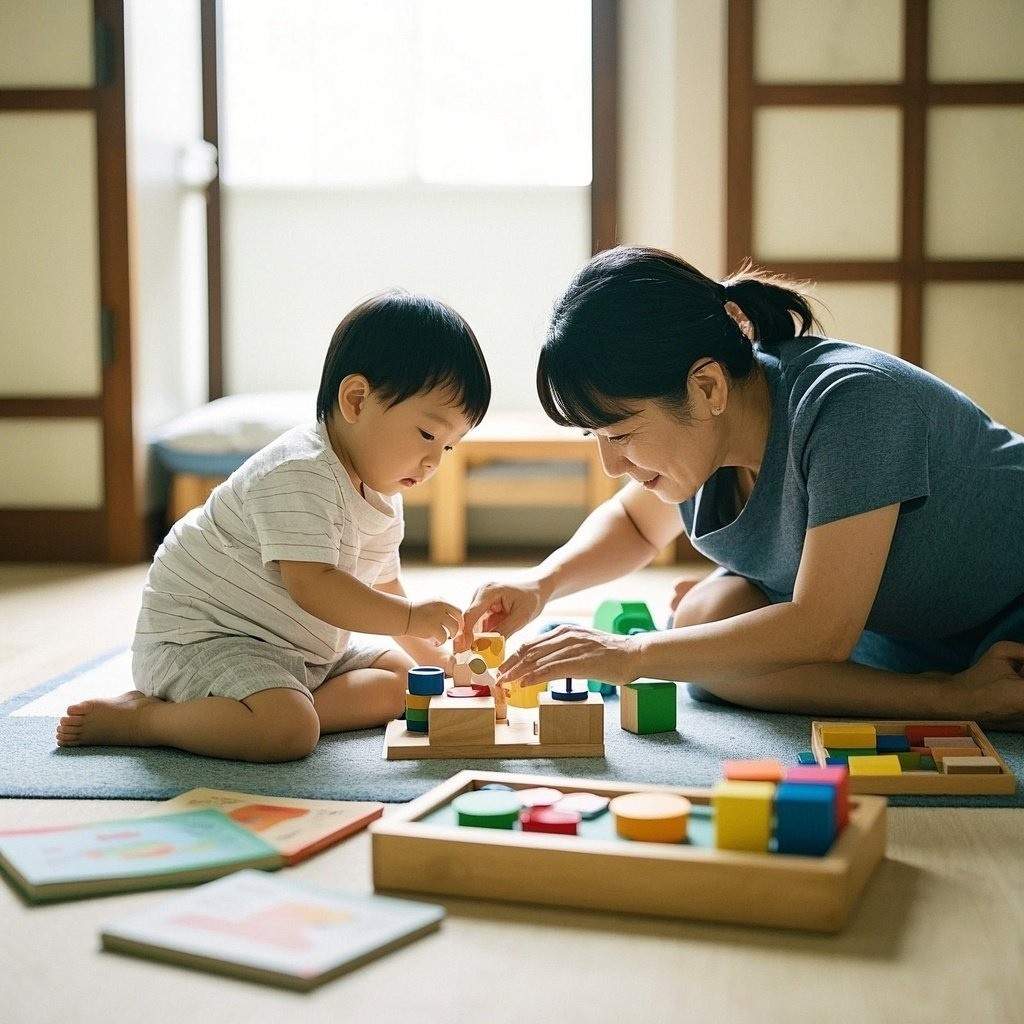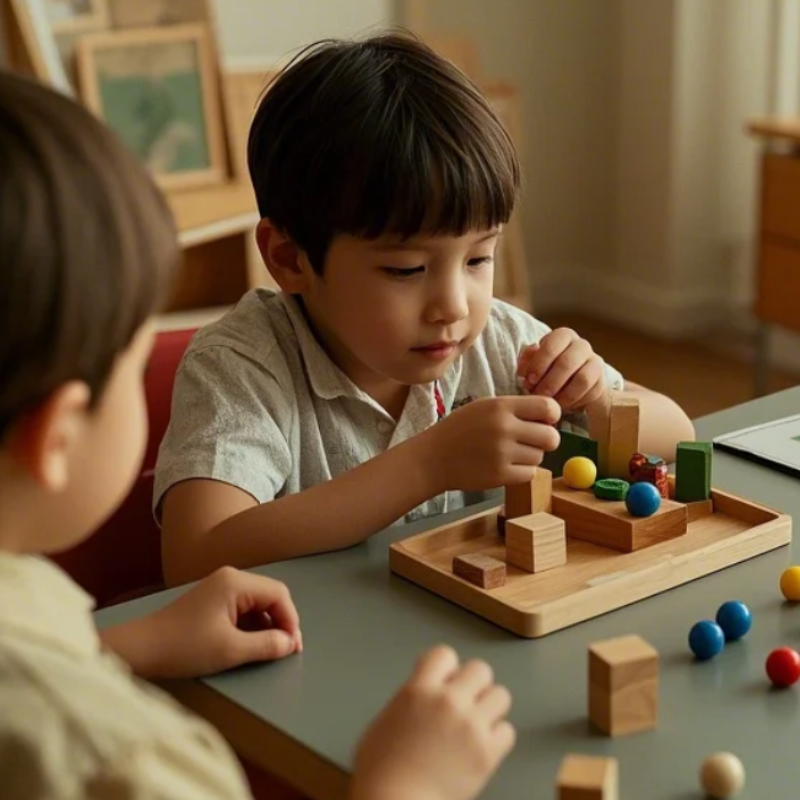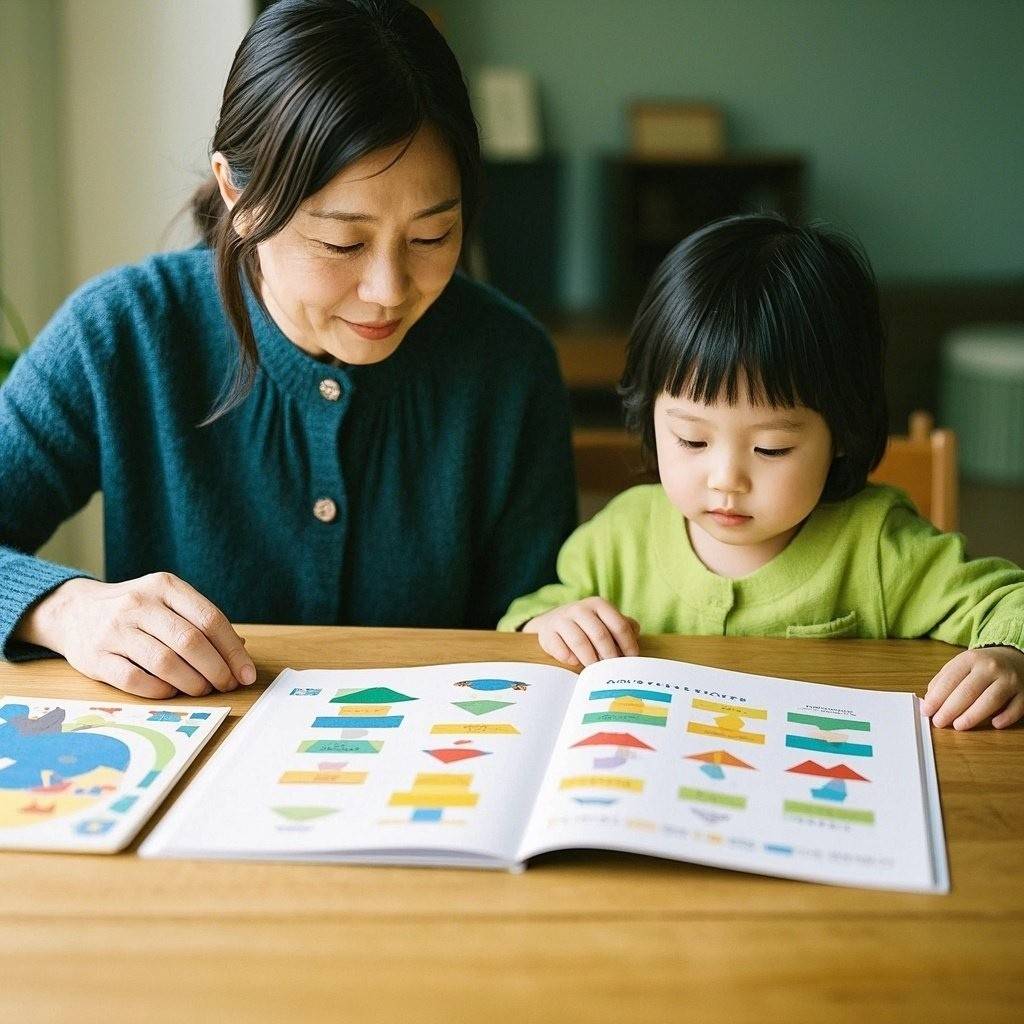Montessori education is known for its child-centered approach, emphasizing hands-on learning and fostering independence. One of the key components of this method is the use of carefully chosen materials that support the child’s development. However, in the world of Montessori, not all materials are created equal. Understanding the distinction between toys and tools can help parents and educators select the best Montessori materials for their children, ensuring a well-rounded and purposeful learning experience.
Understanding Montessori Materials
In Montessori education, materials are not just objects for play; they are carefully designed to encourage active learning and development. These materials are characterized by being sensorial (engaging the senses), self-correcting (allowing children to learn independently), and purposeful (designed to serve a specific educational purpose). Whether they are toys or tools, Montessori materials are intended to support the child’s natural curiosity, independence, and growth in a way that is both structured and open-ended.
Toys in the Montessori Environment
In Montessori, toys are typically simple, open-ended items that encourage imaginative play and creativity. Unlike traditional toys that often have a fixed way of being used, Montessori toys allow for flexibility. These toys can be anything from wooden blocks to puzzles or musical instruments—materials that engage the child’s senses and encourage exploration.
The role of Montessori toys is to stimulate creativity and imagination, allowing children to explore the world around them through play. The simplicity of these toys enables children to focus on the process of learning rather than the end result. For example, a set of wooden blocks can be used to build towers, cities, or even abstract designs, helping children develop spatial awareness and problem-solving skills.
Tools in the Montessori Environment
In contrast, Montessori tools are practical, real-world items that help children develop specific skills. These materials are often used for activities related to practical life, such as pouring, scooping, buttoning, and tying shoes. Tools in Montessori education are designed to help children become more independent and responsible by providing them with real-world experiences.
The key difference between toys and tools lies in their function: tools are designed to help children build competence in specific tasks. For example, a small watering can or a child-sized broom enables children to participate in household chores, building their motor skills, concentration, and sense of responsibility. Tools teach children how to engage with their environment in a practical, meaningful way, preparing them for real-life tasks.
Key Differences Between Toys and Tools
While both toys and tools are valuable in a Montessori setting, they serve different purposes:
- Function: Toys are primarily for entertainment and open-ended exploration, while tools are designed for education and skill development.
- Complexity: Toys are often simple and flexible, allowing for imaginative play. Tools, on the other hand, are more structured and serve specific learning objectives.
- Usage: Toys are typically short-term, focused on fun and discovery. Tools are long-term materials that contribute to mastery of a specific task or skill.
How to Choose the Best Montessori Materials for Your Child
Choosing the right Montessori materials for your child involves careful consideration of their developmental stage, interests, and readiness. Here are some tips to guide your selection:
- Age-appropriate materials: Ensure that the materials you choose are appropriate for your child’s age and developmental stage. For younger children, simple toys like stacking rings or sensory balls are ideal, while older children can benefit from more complex tools that require skill and coordination.
- Observation: Pay attention to your child’s interests and developmental needs. Are they drawn to imaginative play or do they enjoy hands-on tasks? Observation will help you understand what materials will best support their growth.
- Balancing toys and tools: A Montessori environment should offer a balance of both toys and tools. Toys foster creativity and exploration, while tools help build responsibility and real-life skills.
- Quality over quantity: Focus on fewer, high-quality materials. Montessori materials are designed to last, and investing in well-made items that can grow with your child is often more beneficial than accumulating a large number of toys.
Practical Examples
Let’s look at some examples of Montessori toys and tools:
- Montessori toys: Simple wooden blocks, sorting puzzles, musical instruments like a xylophone, or stacking toys. These encourage sensory exploration and problem-solving.
- Montessori tools: Child-sized tools for practical life activities like mini brooms, dustpans, spoons, tongs, and pitchers. These help children develop motor skills and learn real-world tasks.
Real-Life Applications
Both toys and tools play an essential role in the development of a child’s skills. For instance, a child using a set of small tools to water plants is learning both the mechanics of the task and the importance of caring for living things. On the other hand, a child playing with blocks or arranging a puzzle is building problem-solving abilities and spatial awareness.
Conclusion
Choosing the best Montessori materials for your child involves understanding the distinction between toys and tools. While both types of materials are important, they serve different developmental purposes. Toys help children explore their creativity and imagination, while tools foster practical skills and responsibility. By carefully selecting materials based on your child’s developmental needs, interests, and age, you can create a learning environment that nurtures independence, competence, and a love for learning. In the world of Montessori, the right materials can make all the difference in helping your child thrive.





